It’s 2pm on Friday afternoon and the booze is flowing at Dundee’s oldest pub – Pillars Bar on Crichton Street.
As he knocks back his first pint, 78-year-old Russell Gemine considers the concept of being served his beer in a smaller glass.
“I’ve been drinking pints for years – I’d never go under a pint!” he frowns.
“If I go out, I’ll have maybe six, seven or eight pints.
“If I was served a smaller drink, I’d just buy more, so I’d be spending more.”
Retired butcher Russell is not the only person to abhor the idea of shelving pint glasses and instead serving customers with two-thirds measures.
Study says smaller measures of beer could boost health
But researchers at the University of Cambridge suggest that abandoning the British pint for a smaller measure could boost the nation’s health.
They reached the conclusion after a trial in 12 pubs in England during which pints were scrapped and two-thirds of a pint became the largest draught beer available.
The experiment resulted in the amount of beer sold falling nearly 10%.
While modest, the research team believe the drop could lessen the damage caused by alcohol, which raises the risk of health conditions from liver cirrhosis to cancer, and with related accidents, causes millions of deaths worldwide.
The Cambridge trial tested the idea that people frequently think more in portions than portion sizes – one beer, one coffee, one slice of cake – rather than in numbers of millilitres or grams.
But beer fans want their FULL pints
However, Fintry-based granddad-of-17 Russell is clear – he wants nothing less than a full-sized pint.
“I’d definitely know the difference if I just had two thirds of a pint!” he enthuses.
“They say they’d cost it accordingly, but if you want eight pints, you’d buy the extra beer to make it feel like eight pints.”
Retired publican Ross Farmer, 70, is another Pillars regular. He feels it’s vital that the tradition of the pint stays.
“It’s good for tourism,” he muses. “Tourists want to drink a pint of something.
“It would be a tragedy to lose the pint. It’s a bit like the monarchy in that it brings people to this country. If you get rid of these passions, you lose the tourists.”
Ross, originally from Canada, says when people from his home country – and the US – order a pint, they’re surprised by the quantity.
“They’ll say, ‘holy s***, that’s a lot of beer!’. But it’s a tradition we need to keep. If we lose the pint, we lose our identity.”
Why is the pint so sacred?
John Justice, the landlord of Pillars Bar – which opened 160 years ago, in 1864 – reckons shrinking pint sizes is a “mad idea”.
And he says the “ghosts” of Pillars would be “turning in their graves” at such a suggestion.
“The pint was preserved through decimalisation and survived the EU (it was saved in 2008 after the European Parliament allowed Ireland and Britain to retain imperial measurements), so why get rid of it now?”
“I doubt reducing the size to two-thirds would stop people drinking. They’d drink the same amount but in smaller measures, and more quickly.
“So I can’t see there’d be any health benefits.”
“It’s like reducing chocolate bars – you buy a smaller bar for the same price. Folk want their pints.”
Shrinking pints won’t change drinking habits
Along the road at Dundee’s Taybridge Bar, manager Hugh Gray doesn’t believe getting rid of pints will change people’s drinking habits.
“If they’re served a smaller measure, they’ll probably buy two instead of one. And they’ll drink faster,” he says.
Hugh, 60, concedes that perhaps “in generations to come”, drinkers might warm to the concept of a two-thirds pint, but older clients like their full pints. And that’s that.
What risks do alcohol pose?
Dr Andrea Mohan, a lecturer in health sciences at Dundee University, says reducing the size of pints makes “absolute sense” from a public health point of view.
Dr Mohan, whose research centres on substance use, admits it’s tricky to publicly communicate the risks posed by alcohol – because so many people love it.
“The more alcohol somebody consumes, the more likely they’ll be at risk of health conditions like heart disease, diabetes and different cancers,” she says.
“But what’s tricky for a lot of people is the idea of a ‘little bit’ of alcohol.
“People might say, ‘I drink responsibly, I drink within the guidelines and stick to 14 units’, and think that’s safe, and the risk very minimal, but research shows there is no safe amount of alcohol.
“And yes, some messages conveyed to the public are very conflicting.
“We’ll say 14 units of alcohol per week is the ‘healthy’ drinking limit. But then you have the World Health Organisation saying there’s no safe amount.”
Alcohol harms
So would there be any value in reducing a full pint to two-thirds? Dr Mohan thinks yes.
“The alcohol death statistics, alcohol harms, and the economic impact of alcohol -figures show alcohol has a huge impact on society and health,” she says.
“Do we continue without trying to address it, and the end effect is more pressure on the health system, on families, and individuals with health conditions?
“We need to think about the harm and risk associated with drinking – and the reasons behind why people are having that pint.
“So why are you going to the pub? Are you there socially to enjoy the time with friends?
“Are you drinking to cope with stress? Is the intention to get wasted quickly?
“If it’s more about the social element than the alcohol consumption, then if you reduce it to two-thirds, is that really going to take away from your ability to enjoy?”
Real men drink pints?
When I mention that all the people who have spoken out in support of the pint for this story are men, Dr Mosan is not surprised.
“Pints are still associated with masculinity: there’s the idea that as a man, you should be able to drink a full pint,” she says.
“That stereotype – about being able to handle your beer – is deeply entrenched.”
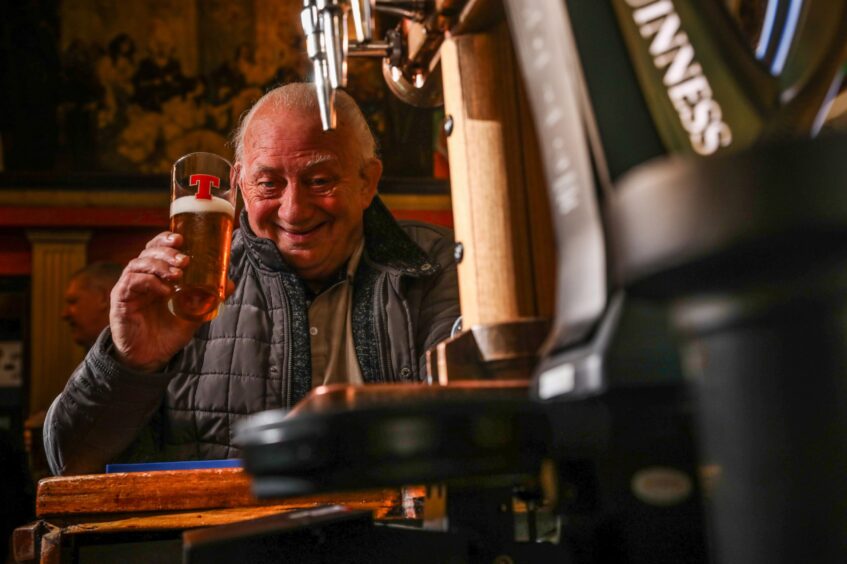
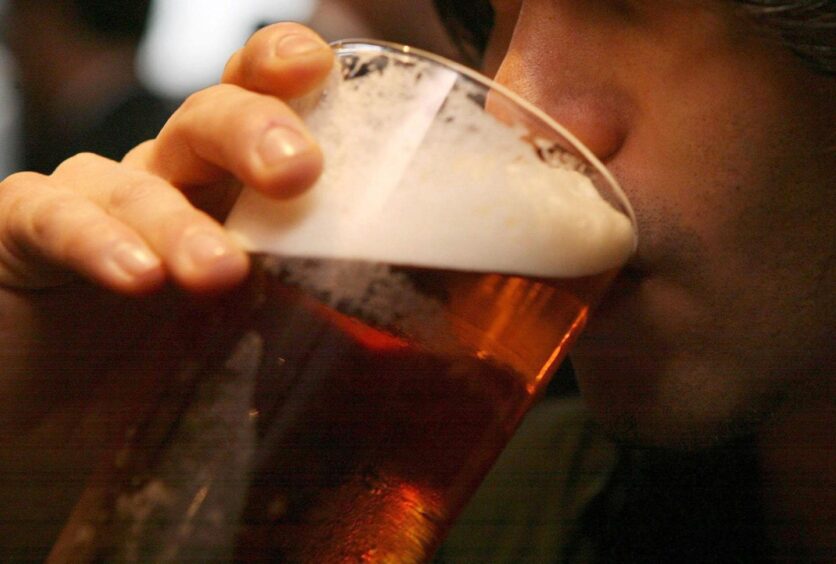
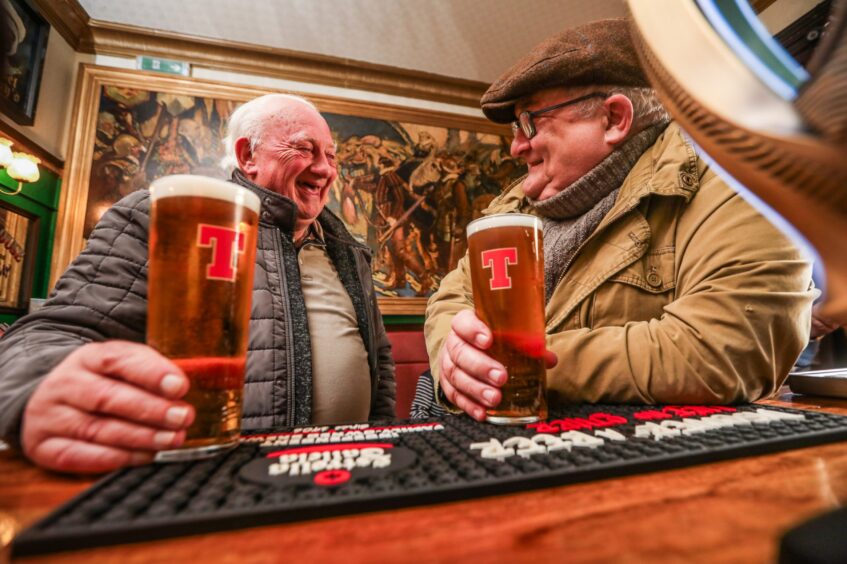
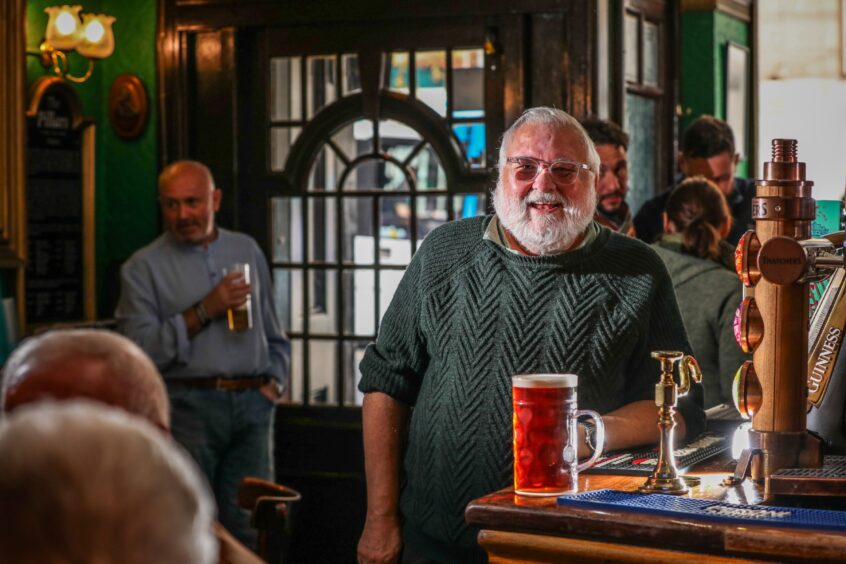



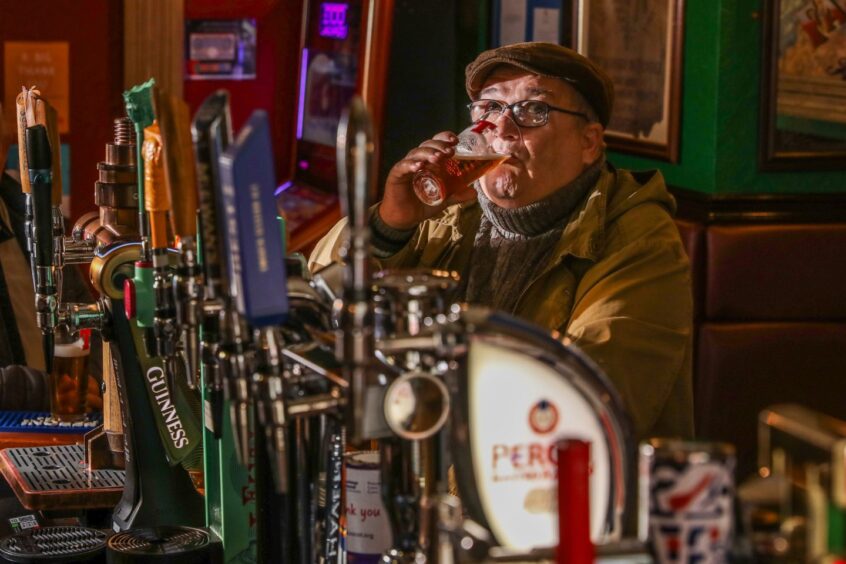




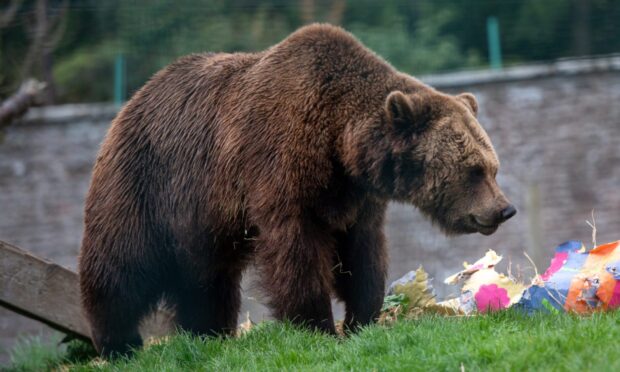





Conversation